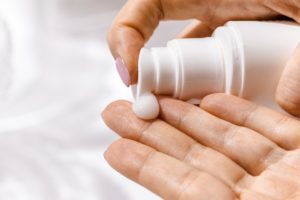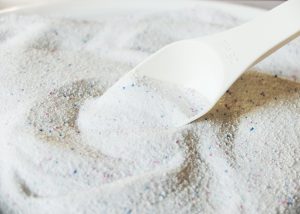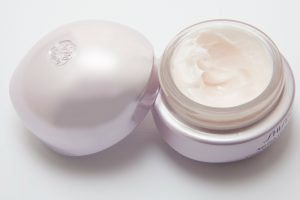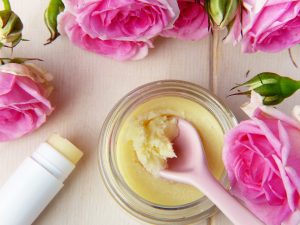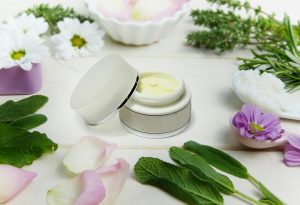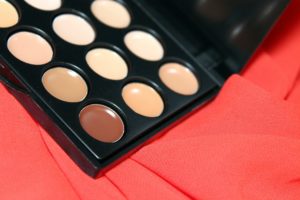
Year: 2018 and 2019
Market size: $5.5 billion (¥600 billion) and $5.7 billion (¥623 billion), respectively
With lockdowns and travel bans in place during the COVID-19 pandemic and more people working from home, the cosmetics industry took a financial hit. As fewer people ventured outdoors, fewer people were using makeup to enhance their appearance. Skincare products, hair care products, sunscreens, and perfumes also suffered lower sales during this time. However, one segment saw sales increase: men’s cosmetics. As the market size above shows, men’s cosmetic sales had been increasing before the pandemic. Long before that, sales for men’s cosmetics grew 70% from the mid-1980s reaching $2 billion in the early 2000s. Young men in their teens and 20s are the primary customers. Social media plays a part. Increasingly men are uploading male care-related videos online and posting photos to social networking services. From 2017 to 2019, face-care product sales grew by nearly ¥6 billion. In a survey for men aged 20 to 50 who have never used makeup, conducted by the cosmetics company Shiseido, nearly 87% of respondents said that they would like to use it. During the pandemic, the market for men’s cosmetics expanded. More and more businessmen in their 40s, 50s, and 60s have been buying cosmetics to improve their appearance in online meetings. While younger men, in general, want makeup to transform the way they look (in some cases creating a more gender-neutral style), older men are looking for “natural makeup” focusing on concealer sticks and foundation. In addition to Shiseido, some other large companies that have introduced men’s lines of cosmetics in Japan include Acro Inc., Estée Lauder, Jean-Paul Gaultier, and Clarins. To meet the demand for men’s cosmetics across the board, some cosmetics stores are opening men’s only sections and more and more beauty salons are catering solely to men.
Sources: Chisato Tanaka, “Japanese Businessmen Brighten Makeup Industry,” The Denver Post, June 20, 2021, p. 8K; “Japanese Businessmen Boost Makeup Industry as Online Meetings Soar in Pandemic,” CNBC, April 20, 2021 available online here; Winnie Xiu and Rose Hong, “Three Trends in Japan’s Cosmetic Sector Amid COVID-19,” ChemLinked, June 3, 2021 available online here; “Male Beauty and Cosmetics for Men in Japan,” Facts and Details, July 2012 available online here; “Japan Has Created a ‘Make-up Boy’ Era with Cosmetics for Men,” Mono Marketplace Business Hub, February 17, 2020 available online here.
Original sources: The Associated Press; Fuji Keizai Group
Image source: NomeVisualizzato, “cosmetics-tone-concealer-palette-4442046,” Pixabay, September 1, 2019 available online here.

